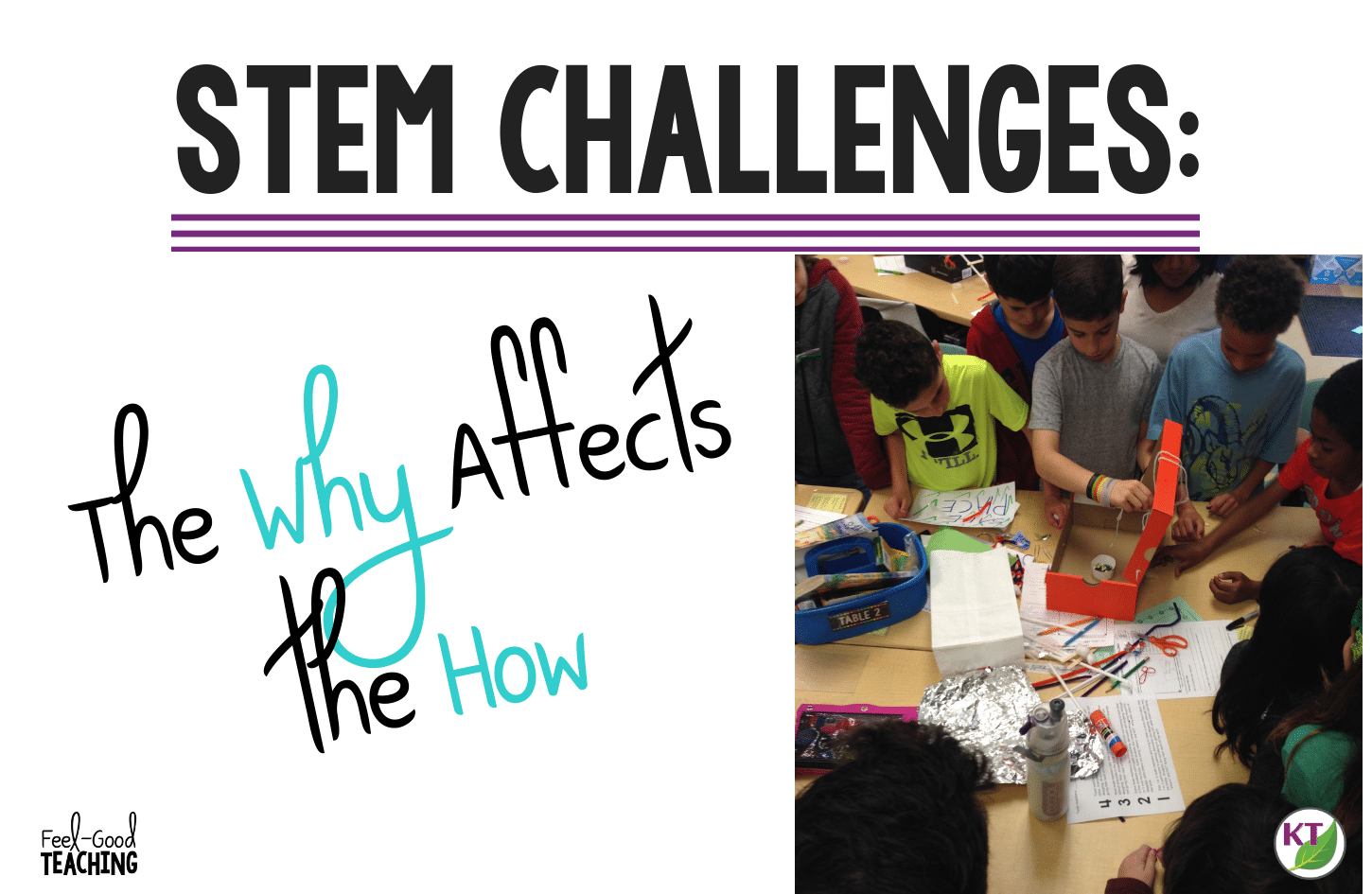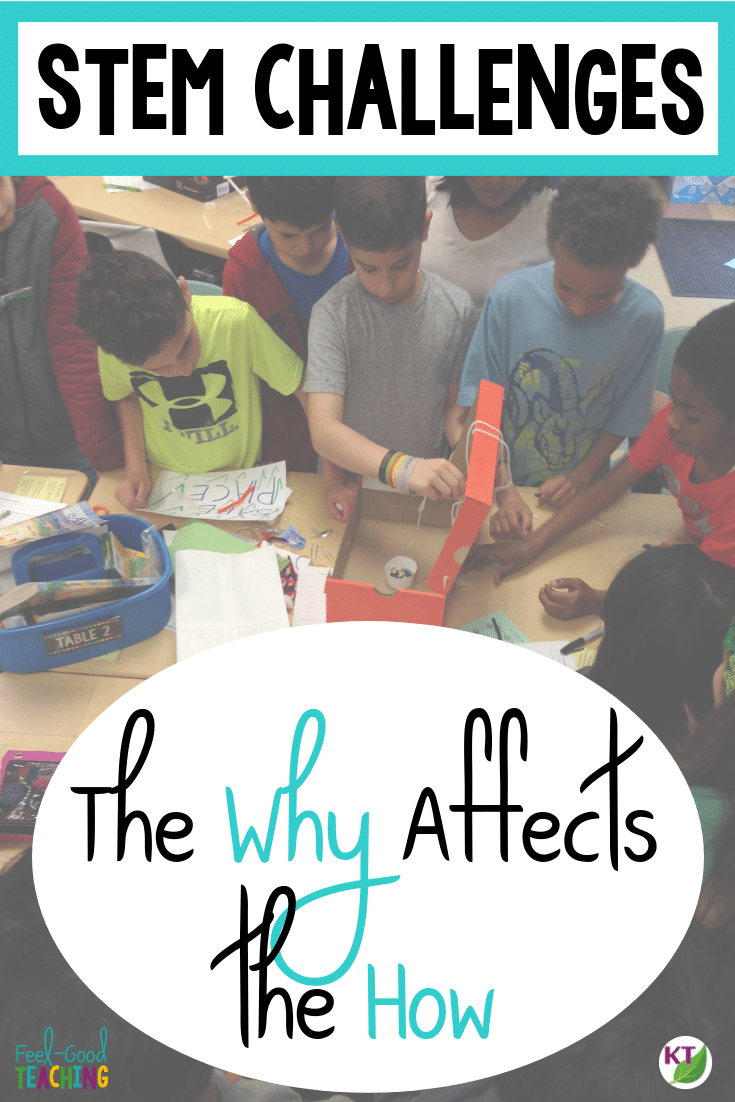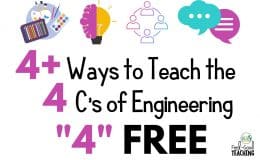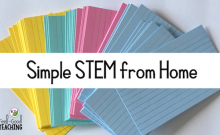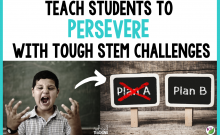Last week, I shared with you the importance of knowing your “whys” when it comes to STEM Challenges, and I shared my own list. Today, we’ll explore how those “whys” guide what I do and don’t do before, during, and after conducting STEM Challenges.
My List of Whys (see more details here)
- Hands-on, Constructivist Learning
- Develops Growth Mindset
- Levels the Playing Field
- Physical Context for Standards-Based Lessons
- Engagement & Culminating Activities
- Critical Thinking & Problem Solving
- Collaboration / Teamwork / Advocacy
- Creativity / Risk-Taking
- The Bigger Picture
Pre-Challenge Dos & Don’ts

One thing I started doing awhile into my experience is to mix up the planning methods I ask students to use for their designs. I realized there was an opportunity I had been missing to honor multiple intelligences and to help students learn varied approaches to planning. I was soooo old when I realized one of the best ways for me to plan is to walk and think or walk and talk. I don’t know why it took me so long to even consider those options, but it definitely inspired me to provide students with different ideas for organizing their thoughts and ideas so they don’t have to wait so long to find out what works best for them!
Another pre-challenge job to do is to roughly block out time in my lesson plans to make sure I’m giving students the time to record, reflect, analyze, and discuss that lead to deeper understanding. All of the above too often get short shrift and those steps are where most of the “a-has!” occur. Never, never, never scrimp on the post-challenge activities!
One last thing I do before a challenge is to remind myself of all the benefits — my whys — of STEM Challenges. This is important so I won’t flinch when students get frustrated or things look like they might not sort themselves out. If the designs are successful, fab! If they fail, I’m also going to be happy because I welcome the richer opportunities for reflection, analysis, and growth mindset skills that failure provides us!
Facilitation Dos & Don’ts
One of the hardest things teachers face when facilitating STEM Challenges is to not “help” students or led them to solutions. I often remind myself, I’m not helping by “helping” my students. If I truly believe in constructivism, and I do, I need to let my students struggle. There can be no growth without some struggle, after all.
My “whys” guide the way I facilitate. It’s much easier to face struggling students and avoid giving them a simple solution 
The teacher is the least important person in the room during a challenge, but that doesn’t mean you should remove yourself entirely. You’ll learn so much about your students when you visit with groups. I tend to give students a few minutes to get to work before I start circulating. As I visit with groups, I ask them to tell me a little about what they’re doing. If they’re having trouble, I won’t help them solve anything, but I will ask them questions. My favorites are: What are you trying to do? What’s giving you trouble? What have you tried? What haven’t you tried?
If I start to feel an urge to “help” I use my favorite walk-away statement: “Hmmm … that’s a tricky one. Keep at it. I’m going to visit with some other groups and I’ll check back in in a bit.” By the time I return, they’ve either solved it or scrapped it for a different approach. Remember, you are robbing them all the things you are trying to help them develop when you give them suggestions and answers. And worst-case scenario is they’ll lean into learned helplessness and just wait for you to solve problems for them rather than firing up their own minds. Don’t worry! Your students will not only survive the discomfort of the struggle, they’ll thrive because of it!
But What if Everyone is Failing?
First of all, kudos to you! If widespread failure is the case, you have selected/created a truly challenging STEM Challenge! Still, it’s no fun and when it happens, we need to make it productive, right? Step 1: Stay cool, calm, and collected. Let your whys guide you. Be a model for how you want your students to react to failure. Failure is normal and to be expected, especially when you try new things and certainly when you take on a challenge! I want students to be cool, calm, and collected, so I am those things. I want them to separate their identities from their performance on tasks, so I do that. While it’s human to get frustrated, we should try to not get too upset. Failures shouldn’t threaten your self worth. So take a step back, reflect, analyze, and focus on logic over emotion.
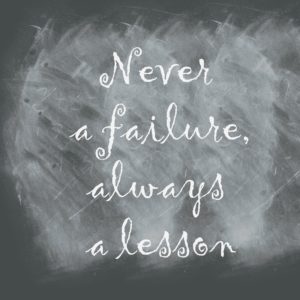
The first thing we do if a challenge is paused is a quick gallery walk to see what others have done. Then we discuss what we tried, what we thought would work, what did work, and brainstorm possible reasons things ultimately failed. We ask what would we need to be more successful in the next iteration. Sometimes it’s more/different materials, research, time to think. Then we make a plan for when to try the challenge again. Please be extremely thoughtful about this. It can be tempting to not revisit an epic fail of a STEM Challenge, but look at your whys. Two of mine apply here: growth mindset and the bigger picture. If we don’t revisit an epic fail, we implicitly teach students to give up when it’s too hard or just to accept that some things can’t be done. We don’t need to revisit the challenge the same day or even the same week (I probably wouldn’t go more than a month), but it’s important that your students generate ideas to prepare for the next iteration, and then actually have the chance to try again.
Post-Challenge Dos & Don’ts
Assuming the challenge has mostly gone to plan, after time is up, we do a quick gallery walk so all students get a good view of all designs. Then we gather around one group at a 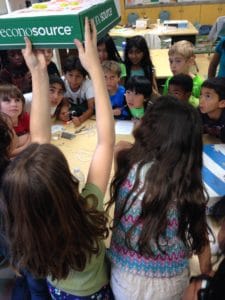
After presentations, I usually go to whole-class discussion. Do not kid yourself. Much of the value of a STEM Challenge comes from the reflection time afterward. Students need time to discuss with peers and to reflect individually. Deeper connections do not happen by accident; we have to intentionally set aside time for them. Because my whys emphasize process over product, I value every step of the process, but particularly the post-challenge steps.
My whys also lead me to always have students complete their record & reflect response pages individually because each student must be accountable to process and analyze information. I want to see each student’s growth and thinking here. Plus, this provides students a chance to vent or otherwise share their ideas that weren’t selected by the group. This can help you identify collaboration & advocacy issues that need work in addition to learning about your students’ ideas.
Because I aim to encourage students to be creative and take risks, and for a whole host of other reasons, I do not assess STEM Challenge designs. Process over product! Assessing designs would undermine my goals, but it’s such a reflexive thing we do in the classroom that we don’t always think about whether it’s actually helping or hurting what we aim to accomplish!
Finally, my goals to have students to develop growth mindset traits, as well as to meet NGSS standards for engineering, guide me to plan for at least a second challenge iteration. You will see me beating the multiple iterations drum over and over again! When we don’t give students a chance to grow and demonstrate that growth, our growth mindset ideals is really nothing more than talk. Students notice that. If we want them to buy in, our actions must be in alignment with our stated whys! 🙂
P.S.
I get asked a fair bit about student budgets. There are pros & cons to student materials budgets, but I prefer not to use them.
PIN Me, Don’t Forget Me!


